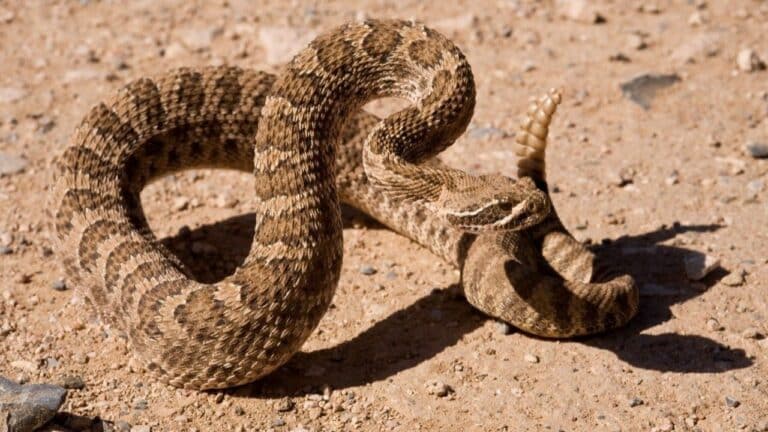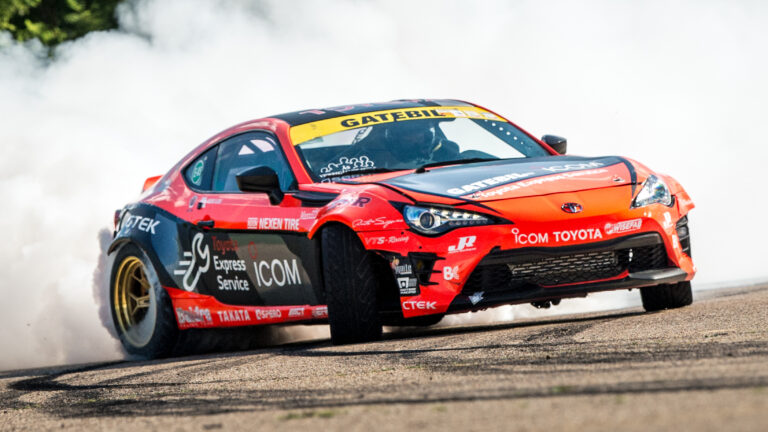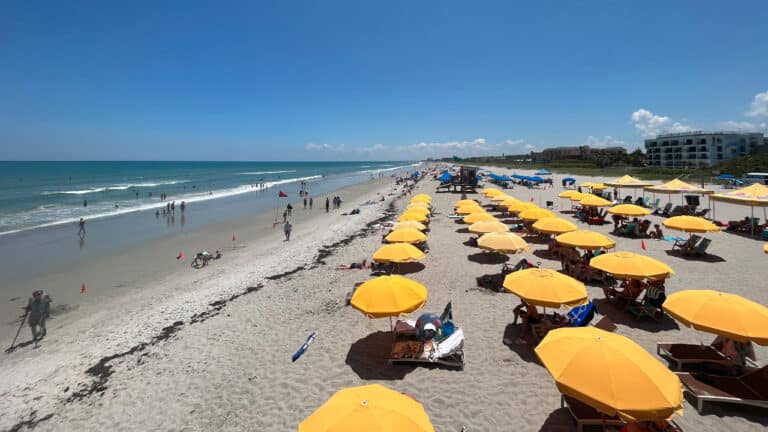15 Most Gorgeous Dodges Ever Crafted
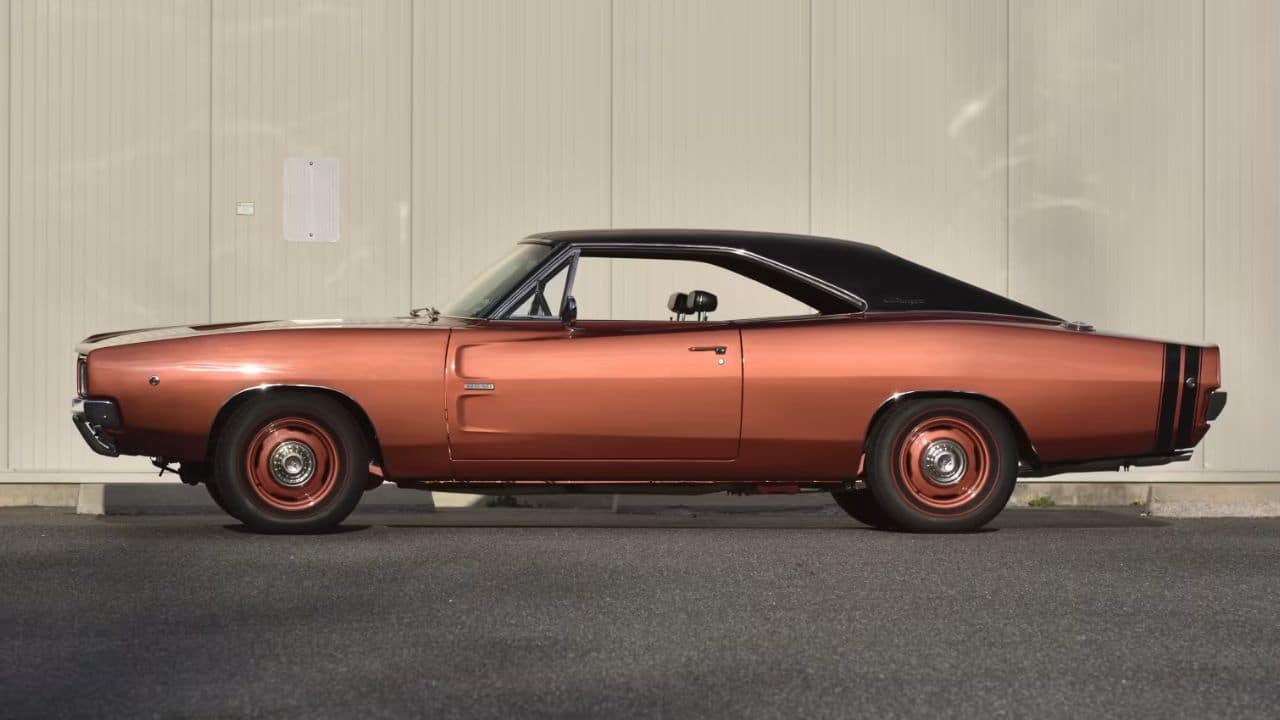
Dodge has built some of the world’s most iconic and visually appealing cars in the company’s history tracing back to the early 1900s. Beauty is subjective, but cars like the Charger and Challenger enjoy the admiration of enthusiasts who appreciate their muscular designs and cultural significance.
The Dodge brand is a big part of Detroit’s Motor City acclaim. Although the Dodge brothers didn’t start out wanting to build fast cars, their brand is a big part of Detroit’s reputation for resilience and revitalization.
The company’s story began in the small town of Nice, Michigan, known for its picturesque main street lined with cozy cafes and locally-owned shops; a town as tight-knit as the pride of America – Ford, General Motors, Chrysler, and Dodge – who call Michigan home.
Dodge cars have come a long way from their first all-steel-body model introduced in 1914, and in that time, birth some undeniably gorgeous models in the industry.
1968-1970 Dodge Charger
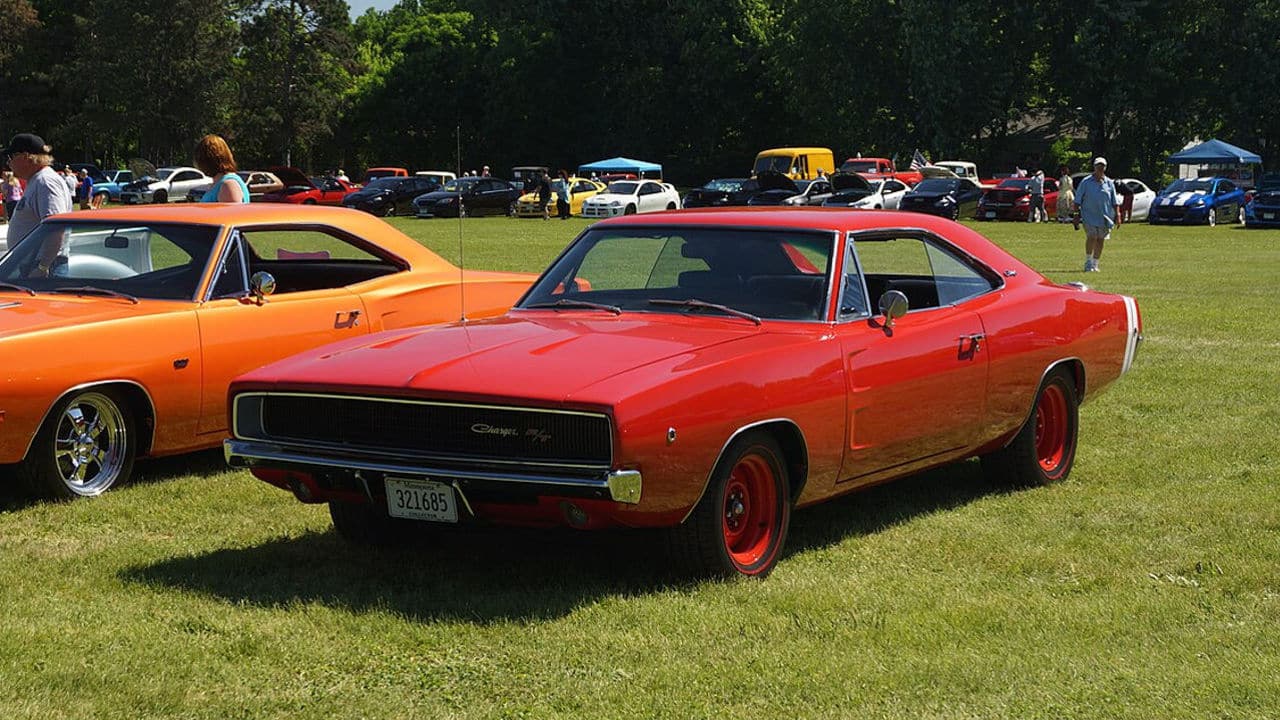
The 1968-1970 Dodge Charger is widely known as the “Bullitt” due to its role in the iconic 1968 film of the same name. It wore the Charger’s signature long hood, a fastback roofline, and aggressive front fascia.
The hidden headlamps completed its menacing appearance initiated by the car’s “coke bottle” profile. The 1968-‘70 Dodge Charger is, no doubt, one of the most gorgeous Dodge cars ever made because it exuded power and performance from every line on its body.
1970 Dodge Challenger T/A

The T/A was a special high-performance variant of the Challenger designed to take on the Sports Car Club Of America’s (SCCA) Trans Am racing series, hence, the T/A in its name. The 1970 Challenger T/A looked beautiful in its bold racing stripes draping the functional hood scoop and the car’s sides.
It also wore a distinctive “T/A” lettering to complement the decklid spoiler, side-exit exhaust pipes, and optional fiberglass hood with hood pins.
1992-1993 Dodge Viper RT/10

The 1st-gen Viper turned heads with its raw power and aggressive styling. It has a notable removable soft top that revealed a minimalist interior because the RT/10 cared more about performance and shedding weight than passenger convenience. However, the RT/10 Viper did not shed its captivating looks along with its weight.
It maintained the classic American muscle car design, characterized by a long hood, short rear deck, and a low-slung profile to create an aggressive presence. The side exhaust pipes and prominent fender flares muted power and culture.
1969 Dodge Charger Daytona

The original Charger Daytona stands out with its massive wing and pointed nose cone, some of the aerodynamic enhancements it received to prep it for NASCAR racing. With the prominent rear wing mounted on tall pylons to improve stability at high speeds, the Charger Daytona was — and still is — a truly unique and gorgeous vehicle.
The car also featured a flush rear window and extended front fenders, which probably didn’t say much about the beastly heart under the hood: the legendary 426 Hemi V8 engine.
1955-1956 Dodge Custom Royal Lancer

With its long, low-slung profile and prominent tailfins, the Dodge Custom Royal Lancer looked like any car from the 1950s, with the front fascia emboldened with a chrome-accented grille. However, the car stood out with a two-tone paint job contrasting the roof and a lower body via a chrome trim strip running along the sides.
The Custom Royal Lancer featured more chrome detailing than usual, from the grille to the bumpers, door handles, and trim pieces.
2008 Dodge Challenger SRT8

The Challenger entered its third generation with a loud shout-out to its roots, flaunting a modern interpretation of the classic muscle car introduced in 1970. The SRT8 added symbolic dual racing stripes running down the car’s center to the iconic long hood, short deck, and muscular stance the Challenger is known for.
The retro touches permeated the 2008 Challenger’s interior with premium audio and navigation systems. Dodge also offered special editions of the SRT8, including the SRT8 First Edition and SRT8 Super Bee.
1966-1967 Dodge Charger

The 1966–’67 Charger is the first generation and stood out with hidden headlights in a unique grilled design, complemented by a full-width taillamp that fans will never get bored of seeing. The Charger’s fastback styling and a roofline sloping down the rear end are styling elements that stayed with it across generations.
More than the powerful V8 concealed under the hood, the Charger’s gorgeous mien is mostly responsible for getting it roles in numerous TV shows and movies like Point Blank, They Call It Murder, Big Fish, and The Blade series.
1968 Dodge Dart GTS 440

The 1968 Dodge Dart GTS 440 exudes a unique appeal that only a compact muscle car packing a punchy V8 can lay claim to. Cosmetically, the Dart looks like a typical classic American muscle car but with a no-nonsense styling approach.
The GTS package distinguished the GTS variant from other Dart models by dressing it with a hood scoop, sport stripes, and GTS badging. People who appreciate spartan living will appreciate the 1968 Dodge Dart GTS’ understated design, as the car’s clean lines prioritized performance over flashy styling.
1971 Dodge Charger Super Bee

The first thing you’d notice about the Super Bee is the power bulge on the hood and optional bumblebee stripes running along the car’s sides. The Super Bee was a high-performance version of the Dodge Charger and came with powerful engine options and distinctive styling cues, including the bumblebee stripes and decals.
Towing the line of the classic Charger before it, the 1970 Charger Super Bee featured a long hood and short deck. However, the famous 440 Six Pack V8 engine hiding under the hood is largely responsible for the Super Bee’s true beauty.
1973 Dodge Challenger Rallye

This car fanned the flames of a dying era, using its classic muscle car look and performance options to keep the muscle car spirit alive. Dodge offered the Rallye package of the Challenger between 1970 and 1974, which included both performance and cosmetic updates.
The car’s front featured quad headlights set in the grille with a distinctive “split” design. The Rallye package added racing strips to the sides, functional scoops on the hood, and upgraded wheels and tires.
1957 Dodge Sweptside Pickup

The Sweptside was a unique pickup based on the Dodge D100 truck platform. It was Dodge’s answer to Chevrolet’s Cameo Carrier and it stood out from the D100 Series trucks with its rear fenders that looked borrowed from contemporary Dodge cars.
This styling element gave the Sweptside a futuristic appearance. The truck came in a two-door cab configuration with a separate cargo bed integrating tail fins and chrome accents. The bed came in short and long configurations. Today, the Dodge Sweptside is a rare collectible among vintage truck enthusiasts and collectors.
2003 Dodge Ram SRT-10

The Viper’s heart in the 2003 Dodge Ram SRT-10 helped make it one of the fastest pickup trucks of that time. The Viper’s heart we speak of is the burly 8.3-liter V10 engine borrowed from the Dodge Viper, which made 500 horsepower and 525 lb-ft of torque. It was a beautiful thing to see Dodge match this engine to a 6-speed manual transmission.
Cosmetically, the truck’s muscular exterior distanced it from traditional pickup trucks. The hood featured a large scoop to channel much-needed airflow to the engine, while the unique front grille and body-colored bumpers rounded off the front end’s design. It also had a rear spoiler. The SRT-10 special editions, like the Viper Club of America (VCA) Edition, looked just as gorgeous.
1970 Dodge Coronet R/T

The 1970 Dodge Coronet R/T is a poster child of the golden era of American muscle cars, featuring the classic long hood and short deck styling typical of the time. The R/T got propulsion from various engines, including the legendary 375-hp 440 cubic inch (7.2L) Magnum V8 engine and the even more potent 426 cubic inch (7.0L) Hemi V8, producing over 425 horsepower and 490 lb-ft of torque.
The Coronet R/T rounded off its aggressive looks with a hood scoop (optional) and racing stripes. Dodge also offered it with various performance and appearance packages, including the Super Bee package.
1960 Dodge Polara

The Polara is a fine specimen of the late ’50s to early ’60s American automotive design, exemplified by its wild rear fins and intricate grille. The ubiquitous large tail fins had just begun to decrease in size by 1960. The full-size car boasted an aerodynamic body with chrome accents, quad headlights, and an imposing grille.
Dodge offered the Polara with various trim levels, each bringing unique options and features like power steering, power brakes, and upgraded audio systems. The car could also be customized with upholstery materials, interior trims, and convenience features.
2015 Dodge Charger SRT Hellcat

Nearly ten years later, the 20215 Dodge Charger Hellcat is still the world’s fastest mass-produced sedan, making it just as beastly as it is beautiful. The SRT is a variant of the Charger crafted by Dodge’s Street & Racing Technology (SRT) division. To those with an eye for such things, the Hellcat’s visible high-performance Brembo brakes with large ventilated discs are as gorgeous as its excellent stopping power and control.
Of course, the SRT Hellcat is still a Charger with the familiar front and rear fascias, but the oomph to sprint from 0 to 60 mph in 3.6 seconds is the pure definition of gorgeousness in a real geek’s book.



